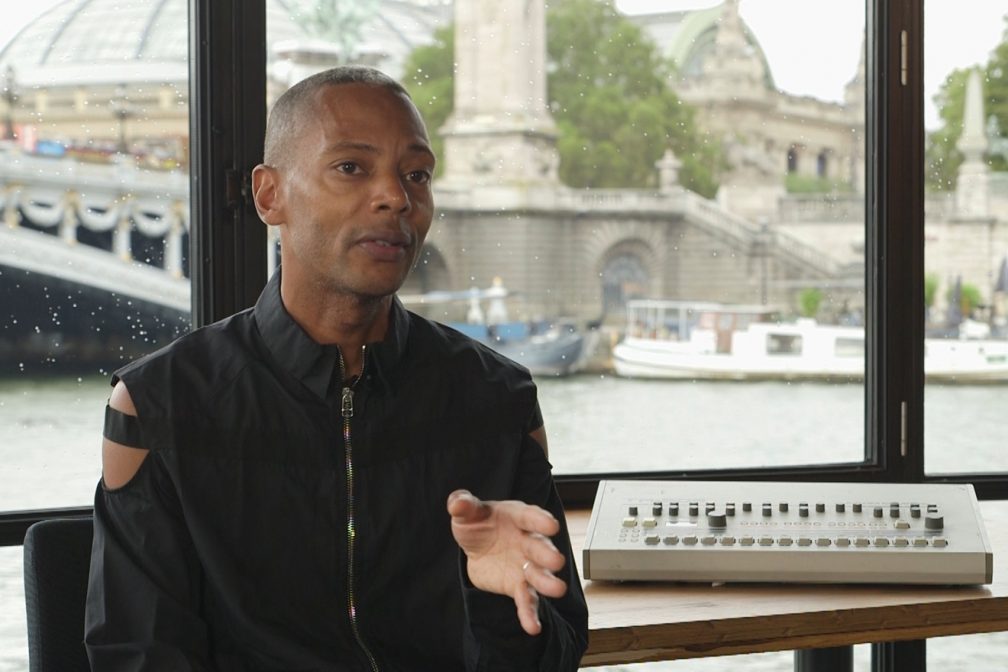
Jeff Mills celebrates the iconic Roland TR-909 through his history and cherished secrets
The master of the machine honors 909 Day
Is there a Jeff Mills TR-909 secret? Something special that only you know about the instrument?
I don’t have any secrets, but the way that the 909 was made makes it possible to really play the machine, not just program it. Because of the stop/start function, you can manipulate it as if you’re playing a sample, and if you’re really good, almost as if you're a live drummer playing a drum kit.
Another thing would be the ways you can tune and pot up the sound. If you work with that enough, you can get the feel of a live drummer by the way that you strike a drum and the way you pull back. You can manipulate that by learning how to work the knobs in that type of manner.
There is a certain type of resonance they put on some sounds on the 909. For instance, if I were to stop and start the machine, the resonance of the ride would continue on a little bit further; it wouldn’t just be a straight cut. So, if you’re a drummer, and you hit the cymbal, there will be a certain type of trail or resonance that happens. And, if you know this machine well enough, you could really create that feel or effect that you are playing a real drum set.
There’s an internal memory inside the machine that I learned about in the late 80s. I’ve only discovered it a few times—it almost doubles the capacity of the machine. It’s also road-ready. I travel with it from time-to-time, and it’s fine in high temperatures and humidity. It’s a very solid machine.
When it comes to putting together a pattern from scratch, where does it start?
First, I need to know the tempo, so it’s always the rimshot since that’s the click. From there, it’s usually the hi-hat or the kick drum. That’s generally the first thing I notice when I start to hear the pattern. Or, I can do it visually and put the kick on 1,3, 9, and 13, which I know will give me a 4/4 pattern in a 4/4 scale.
It really depends on what I’m about to mix this machine into. For instance, if I’m playing a track where the claps are the most prominent thing, I will match the claps of this machine to the claps in the track, so that the mix is really smooth. If the track is really dry, and I just want to play the machine by itself, I can start with any sound. Once you know the machine really well, you don’t need to look at it anymore because you know where all of the placements are by memory. That's another level beyond just programming the machine.
How do you approach creating music now compared to when you first started making music?
It depends on what the objective is, like what I’m trying to say, the concept I'm trying to address, or the way I’m recording. Even though I’m a drummer from the past, and I use a drum machine a lot, I would prefer to work on the relationship between the sounds, because I’m not that type of musician. I need to spend more time on that, and the drums come fairly easy, so I can apply those almost effortlessly. I don’t spend a lot of time on the drums, but that’s usually the order in which I produce. At times, if I feel that the composition doesn’t need drums, I don’t use them. They are only used to get me to a certain point. If the composition has elements that kind of replace the drums, I don’t use them.


